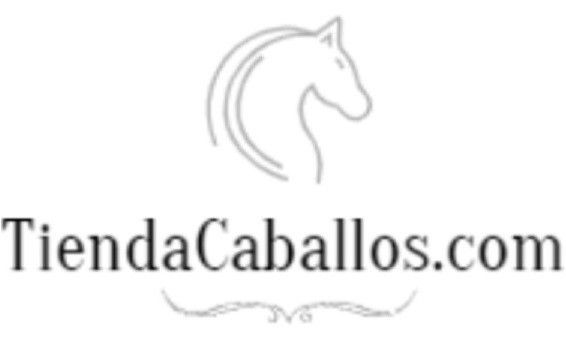English Spurs: Function and Use in Horse Riding
The English Spurs
English spurs are an essential horsemanship tool used to communicate with the horse in subtle and precise ways. Although their use has been debated in the equestrian world, when used correctly, spurs can be a natural extension of the rider's legs and can help transmit clear signals to the horse during riding.
En Horse Shop, we value the safety and well-being of horses and riders alike. In this article, we explore the different types of English spurs, their role in horsemanship, and how to use them effectively and respectfully.
Types of English Spurs
There are several types of English spurs, each designed to serve different purposes and levels of communication. Some of the more common types include:
- Wheel Spurs: They feature a rotating wheel at the tip that provides gentler stimulation to the horse.
- Button Spurs: They have a small bump at the tip that offers targeted stimulation.
- Strap Spurs: They use an adjustable strap to make sure the spur doesn't dig too deep into the horse's side.
- Gooseneck Spurs: They have a curved neck that allows for a smoother application of the legs.
- Knee Spurs: They are longer and sit higher on the rider's leg for additional stimulation.
The choice of the type of spurs depends on the preferences of the rider and the desired level of communication with the horse.
Function of Spurs in Communication
English spurs are used to refine the signals that the rider transmits to the horse through the legs. When applied correctly, spurs can be a valuable tool in prompting a horse to move forward, lateral, or perform other specific movements. It is important to remember that spurs should not be used as a means of punishment, but rather as a form of clear and effective communication.
Correct Use of English Spurs
Proper use of English spurs requires sensitivity and precision. Here are some guidelines to follow:
- Before using spurs, make sure you have an adequate level of skill and control over your legs.
- Use spurs only if necessary and when you are prepared to use them effectively.
- Apply spur pressure gradually and smoothly.
- Use the spurs in combination with your legs and other methods of communication.
- Observe the horse's response and adjust the pressure accordingly.
- Avoid constant or excessive pressure that may cause discomfort to the horse.
Remember that horseback riding should be a positive and respectful experience for both horse and rider.
Conclusions
English spurs are valuable equestrian tools when used correctly and with respect for the horse. By understanding the different types of spurs and their role in communication with the horse, riders can effectively incorporate them into their riding. In Horse Shop, we offer you a variety of quality English spurs to help you achieve clear communication and successful riding. Remember that horsemanship is a partnership between rider and horse, and spurs can be a harmonious part of that communication if used responsibly and sensitively.












